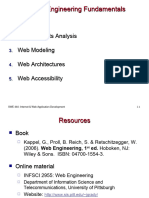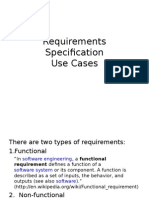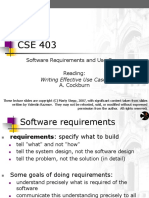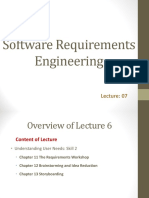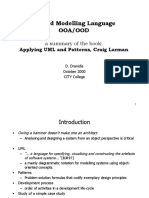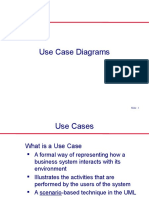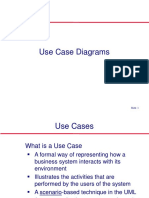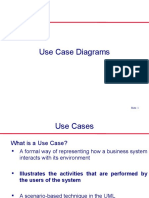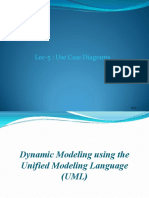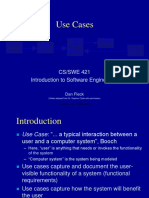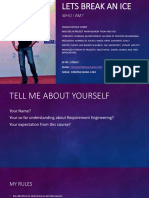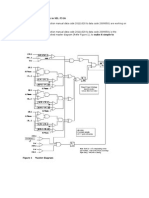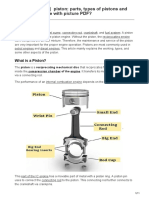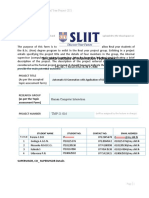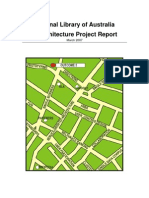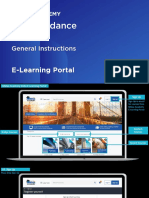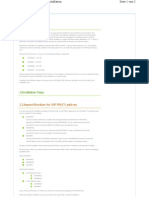0% found this document useful (0 votes)
66 views14 pagesModeling Web Applications
The document outlines the importance of modeling in web application development, emphasizing the need to define abstract views of real-world entities and facilitate communication. It discusses various aspects of web modeling, including the use of Unified Modeling Language (UML) for diagramming and the significance of use cases in capturing functional requirements. Additionally, it highlights the critical components of use cases and provides guidelines for creating effective use cases.
Uploaded by
ميلاد محمدCopyright
© © All Rights Reserved
We take content rights seriously. If you suspect this is your content, claim it here.
Available Formats
Download as PPT, PDF, TXT or read online on Scribd
0% found this document useful (0 votes)
66 views14 pagesModeling Web Applications
The document outlines the importance of modeling in web application development, emphasizing the need to define abstract views of real-world entities and facilitate communication. It discusses various aspects of web modeling, including the use of Unified Modeling Language (UML) for diagramming and the significance of use cases in capturing functional requirements. Additionally, it highlights the critical components of use cases and provides guidelines for creating effective use cases.
Uploaded by
ميلاد محمدCopyright
© © All Rights Reserved
We take content rights seriously. If you suspect this is your content, claim it here.
Available Formats
Download as PPT, PDF, TXT or read online on Scribd
/ 14








